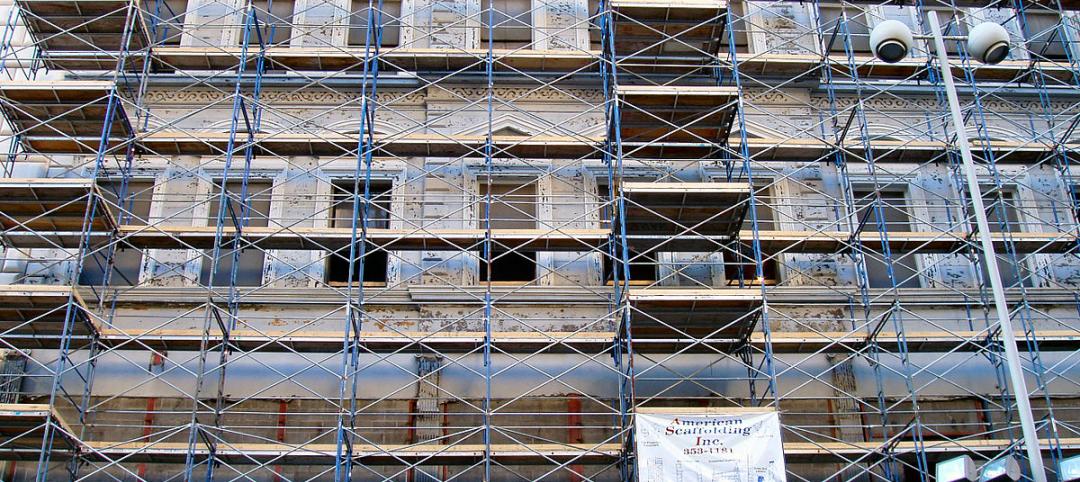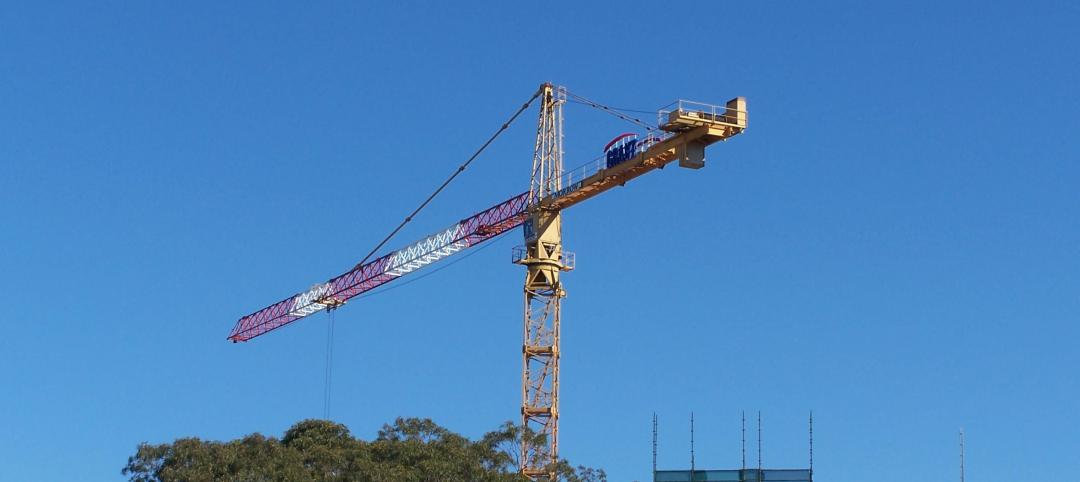The 2016 version of ANSI/ASHRAE/IES Standard 90.1, the Energy Standard for Buildings Except Low-Rise Residential Buildings, was recently released.
The update includes a new compliance path and significant technical changes affecting building envelope, and mechanical and lighting systems. The document contains 121 new addenda since publication of the previous version: the 2013 standard.
The 2016 edition contains a new compliance path, the Performance Rating Method, which is included in Appendix G. The provision was previously used only to rate “beyond code” performance of buildings; it now serves as an alternative to the traditional performance path.
Among the most significant technical changes are:
Envelope:
• Mandatory requirements for envelope verification, supporting reduced air infiltration, and increased requirements for air leakage to overhead coiling doors.
• More stringent prescriptive requirements for metal building roofs and walls, fenestration, and opaque doors.
• Improved clarity of exterior walls definitions, building orientation, and clarity around the effective R-value of air spaces.
• New requirements based on the addition of climate zone 0.
Lighting:
• Modified control requirements to simplify advanced lighting control applications.
• New exterior and interior lighting power densities based on LED technology.
• Requirements for dwelling units to set limits on light source efficacy.
• Additional controls for lighting in parking areas.
Mechanical:
• Chilled water plant metering, requiring large electric driven chilled water plants to be monitored for electric energy use and efficiency.
• DOAS requirements, adding efficiency and rating requirements for dedicated outside air systems.
• Elevator efficiency, introducing requirements for identifying usage category and efficiency class.
• Economizer fault detection and diagnostics, implementing monitoring system requirements for air-cooled DX cooling units with economizers, helping to ensure that equipment is working properly.
• New requirements for replacement equipment, such as adding economizers or fan speed control, which previously only applied to new installations.
More information on code adoption and related technical assistance is available at energycodes.gov.
Related Stories
Contractors | Oct 16, 2015
ABC report: Confidence rises during the first half of the year
In the first half, sales expectations and profit margin expectations rose while staffing level intentions dipped slightly.
Contractors | Oct 7, 2015
Construction equipment continues to be vulnerable to theft
Poor security and lax inventory control make jobsites sitting ducks for robbers, according to crime-data analysis by LoJack.
Office Buildings | Oct 5, 2015
Renderings revealed for Apple's second 'spaceship': a curvy, lush office complex in Sunnyvale
The project has been dubbed as another “spaceship,” referencing the nickname for the loop-shaped Apple Campus under construction in Cupertino.
Contractors | Oct 2, 2015
OSHA’s top 10 workplace safety violations for 2015
Fall protection, hazard communication lead the list.
Contractors | Oct 1, 2015
Nonresidential construction spending expands for seventh consecutive month
Spending totaled $696.3 billion on a seasonally adjusted, annualized basis in August, a 0.3% increase from the previous month.
Airports | Sep 30, 2015
Takeoff! 5 ways high-flyin' airports are designing for rapid growth
Nimble designs, and technology that humanizes the passenger experience, are letting airports concentrate on providing service and generating revenue.
Contractors | Sep 30, 2015
FMI: Construction in place on track for sustained growth through 2016
FMI’s latest report singles out manufacturing, lodging, and office sectors as the drivers of nonresidential building activity and investment.
Reconstruction & Renovation | Sep 29, 2015
What went wrong? Diagnosing building envelope distress [AIA course]
With so many diverse components contributing to building envelope assemblies, it can be challenging to determine which of these myriad elements was the likely cause of a failure.
Modular Building | Sep 23, 2015
SOM and DOE unveil 3D-printed, off-the-grid building
The Additive Manufacturing Integrated Energy (AMIE) building features a high-performance shell with a photovoltaic roof and built-in natural gas generator.
Sports and Recreational Facilities | Sep 21, 2015
Tokyo Olympic Stadium saga ends for Zaha Hadid
After resubmitting a bid, the firm will not design the main venue for the 2020 Olympics after all.










![What went wrong? Diagnosing building envelope distress [AIA course] What went wrong? Diagnosing building envelope distress [AIA course]](/sites/default/files/styles/list_big/public/Screen%20shot%202015-09-29%20at%209.46.33%20AM.png?itok=QDq8CQJv)






